Programming note: Our next stop after Iringa was technically Dar es Salaam. But we spent less than 24 hours there and later returned, so this blog will tackle our time in Dar as a whole in a future post.
Even while we were on the idyllic shores of Lake Malawi – where life couldn’t have been much better – we were looking forward to visiting Zanzibar. We had heard such enticing things about Zanzibar, and the name alone conjured an exotic aura.
“Zanzibar” is actually the name of the entire archipelago, which consists of two large islands and a number of small ones. The main island is called Unguja, and that is where Zanzibar City, the capital of Zanzibar, is located. Zanzibar City is often generically called Stone Town, but the term “Stone Town” technically refers only to its historic city center.
From Dar, we took the ferry to Zanzibar City. The ferry, called the Kilimanjaro IV, couldn’t have been more different from the Ilala that we had taken across Lake Malawi. For starters, there was no livestock. Other subtle differences included the facts that: (i) the Kilimanjaro IV’s departure time had a basis in reality; (ii) we did not have to disembark the ferry through a combination of dinghy and wading through water; and (iii) we had comfortable seats instead of perching on pipes and coils of rope amongst piles of drying fish.
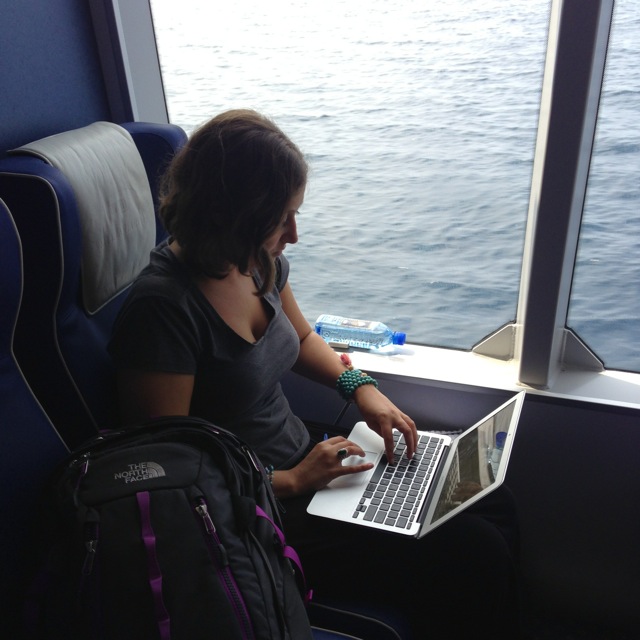
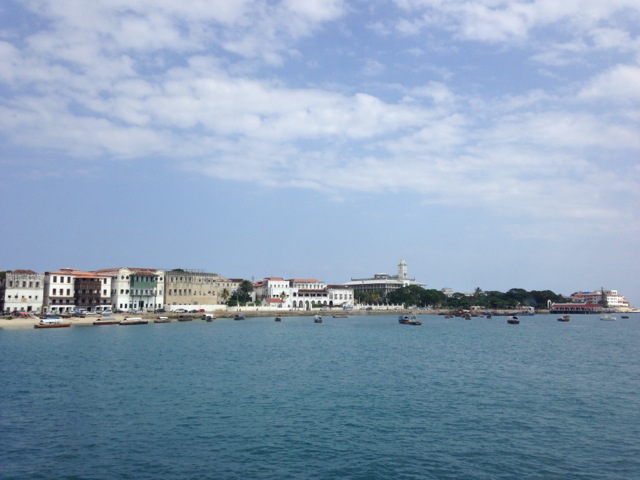
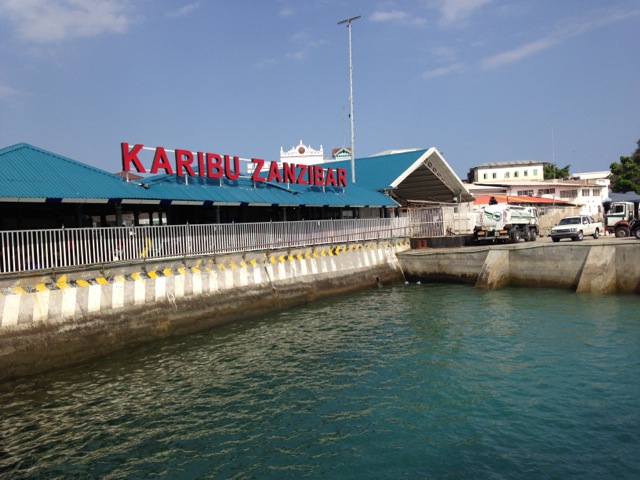
We immediately fell completely and relentlessly in love with Stone Town. We couldn’t get enough of the narrow, meandering streets, and spent hours just wandering, admiring the old stone buildings and the elaborate carved wooden doorways, peering into the shops lining the alleys.
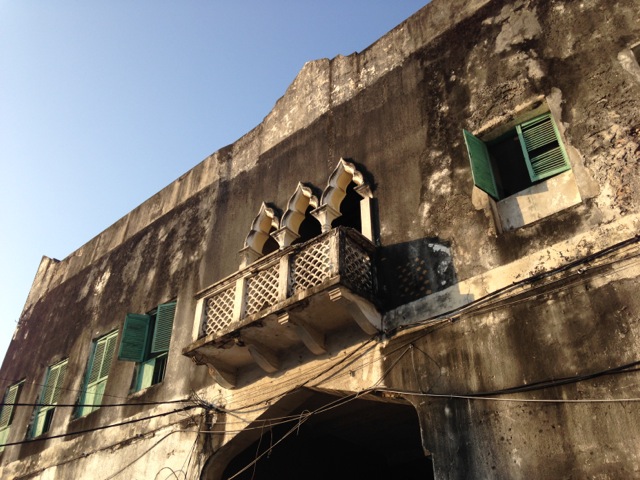
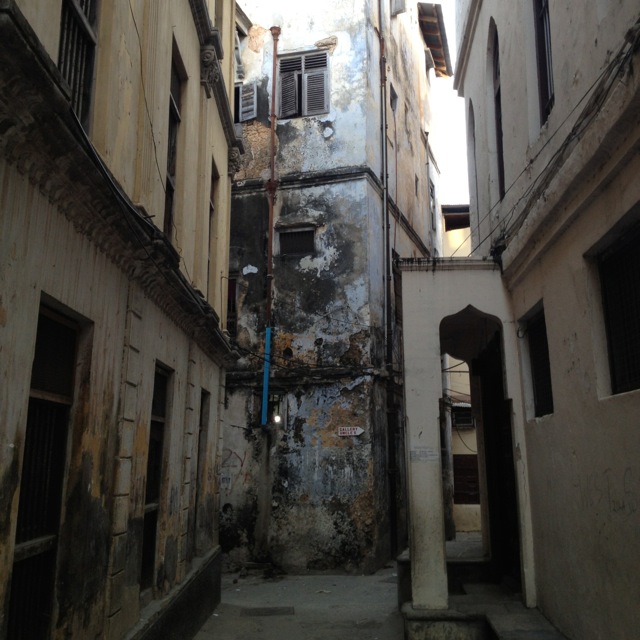
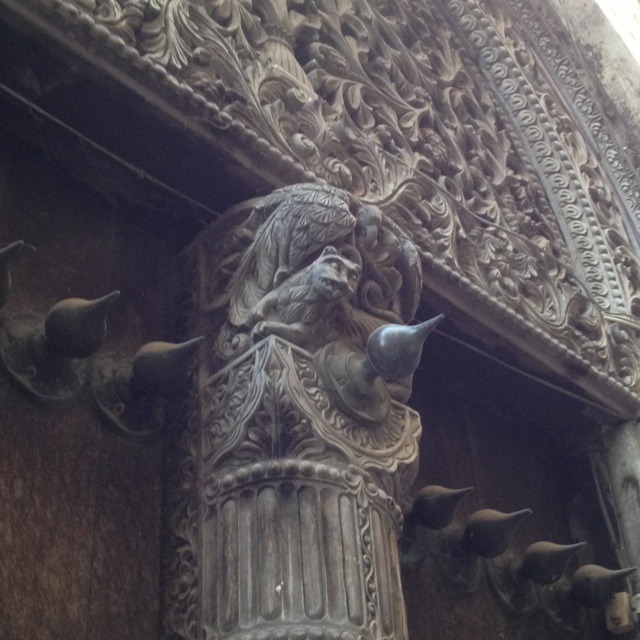
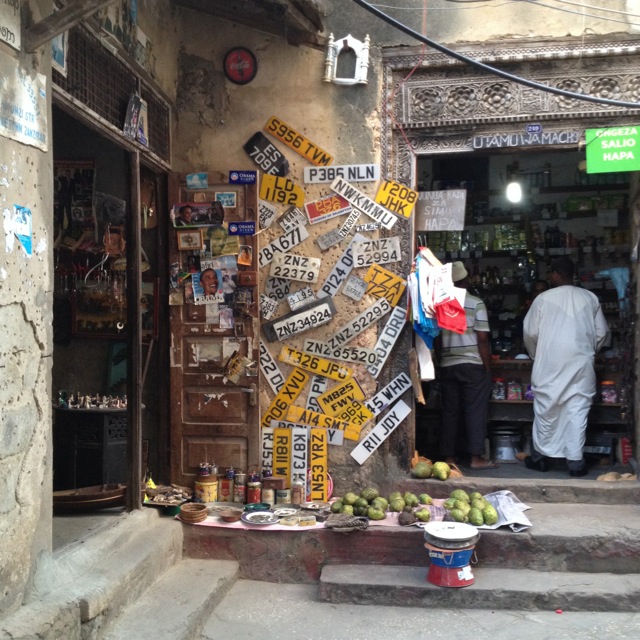
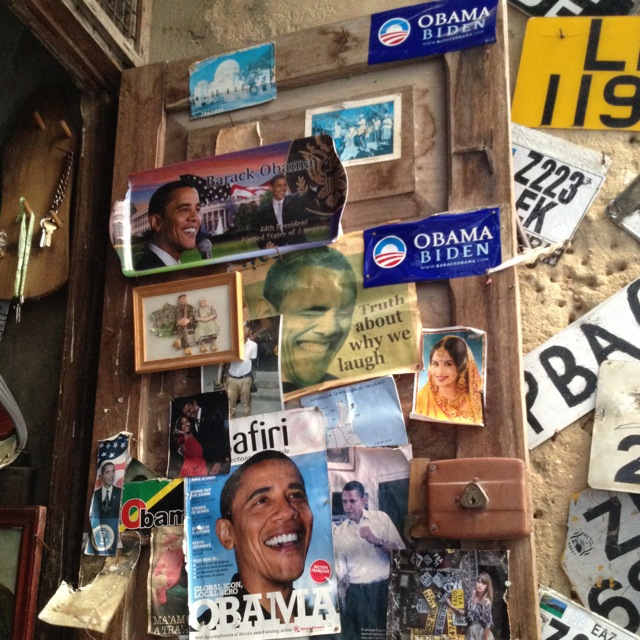
Zanzibar may have been more sedate than usual during our visit because we were there during Ramadan. Zanzibar is predominantly Muslim (Wikipedia tells me that 99% of Zanzibar’s residents are Muslim), and so many restaurants and cafes were closed until sundown. The ones that were open during the day only served food and drinks indoors, behind drawn curtains, so as not to offend those who were fasting. (That said, we never had any problem getting food, and in fact ate quite well while in Stone Town! See infra.)
There are some amazing buildings right along the water’s edge in Stone Town. Arguably the most striking of these (and the one that reminds me most of the Addams Family Mansion) is the Beit el-Ajaib, or the House of Wonders. The House of Wonders is a former palace built in the late 1800’s and so called because it was the first building in Zanzibar to have electricity and the first building in East Africa to have an elevator.
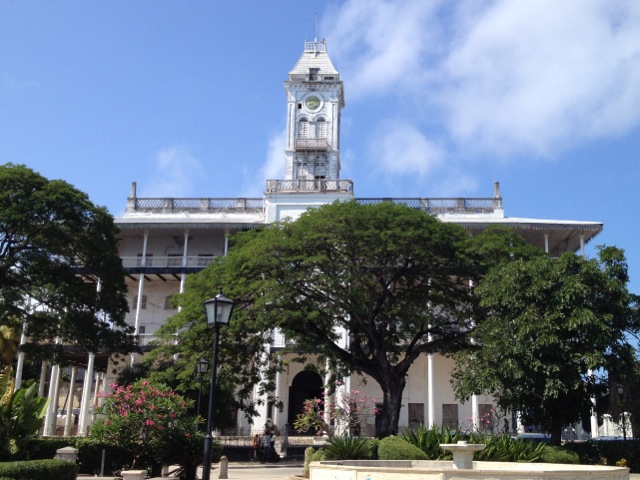
The House of Wonders now houses the Zanzibar National Museum of History and Culture, and allegedly has a full-size traditional Swahili boat on display. I say “allegedly” because we weren’t allowed inside the building. A guard in the open doorway told us that it was closed for renovations and wouldn’t even permit us to peer inside the entryway to catch a glimpse of the boat.
We walked down the street to the Beit el-Sahel, or the Sultan’s Palace. This former palace is now a museum showcasing information on the history of Zanzibar and the sultans, as well as displaying furniture that was used in the palace at various times. I found one of the more interesting displays to be a room devoted to Sayyida Salme, a Zanzibari princess who married a German merchant.

Each evening, tables spring up at a night food market in the Forodhani Gardens park, which is located on the water in front of the House of Wonders. There are three main groups of items on sale: (i) things on skewers (mostly fresh fish or seafood); (ii) root vegetables, falafel, and chicken; and (ii) Zanzibari pizzas (crepe-like things that came in an array of savory and sweet flavors).
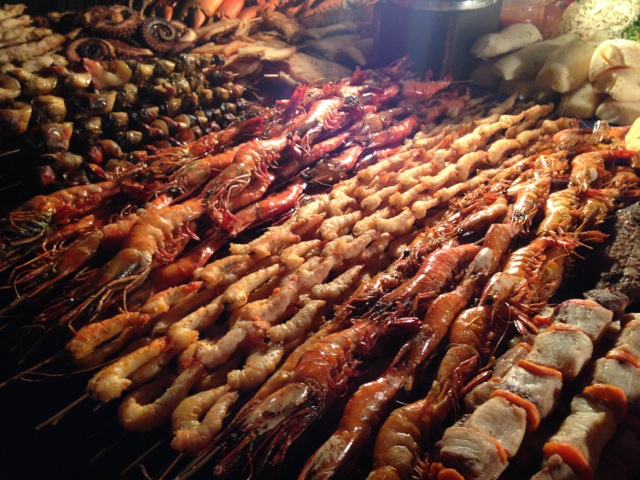
To wash it all down, you could have someone crack open a green coconut for you, or you could try the fresh sugarcane juice. Everything was cooked right before your eyes, and you could then eat on benches lining the water’s edge underneath the stars.
We loved the food at the Forodhani Gardens so much that we visited it three times during our stay in Stone Town. Our favorite items were grilled octopus, falafel, and vegetable Zanzibari pizzas. It was definitely a popular place: sometimes we ate there with our Kiwi friends that we had met in Iringa, and one night we ran into the Scottish girls we had met on the bus from Mzuzu.
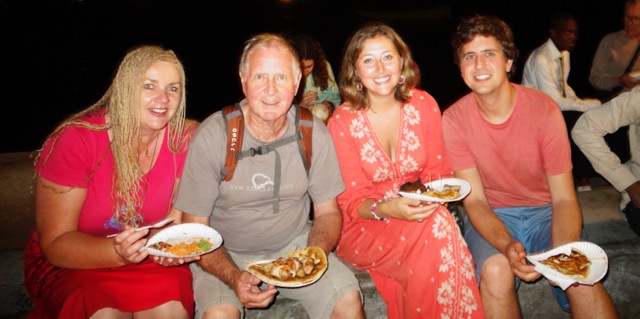
This African adventure is sometimes exhausting, but Stone Town made us feel like we were on vacation and re-energized us for the rest of our travels.
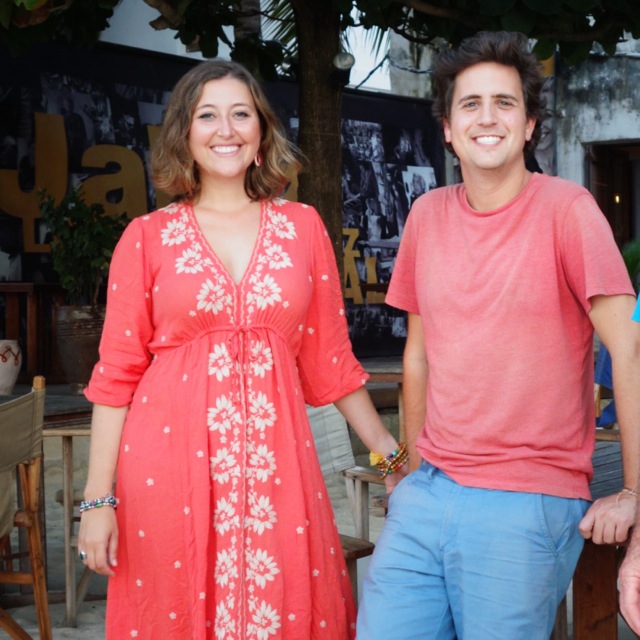
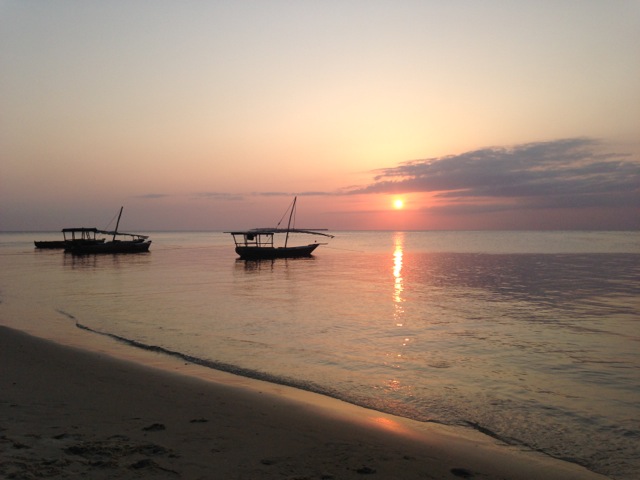
Where We Stayed:
☆ Al Minar. Three goats. This hotel was totally serviceable, if somewhat overpriced. Our room was small but comfortable, and there was breakfast, although it was somewhat odd (one morning I practically had to hide my plate from the attendant, who kept encouraging me to put chicken liver on my plate).
☆ Hiliki House. Five goats. You can read the glowing review I left for the place on Trip Advisor. Hands down, this was one of my favorite places to stay in Africa. Our room was comfortable, the common area was relaxing, the breakfast was fantastic, and the staff was friendly and helpful. If we didn’t have to leave because it was fully booked, I might have just stayed in Stone Town.
Where We Ate:
☆ Forodhani Gardens. This open-air market was one of our favorite places to eat in Stone Town (as evidenced by my gushing about it in the text above).
☆ Monsoon. This was probably our second-favorite place to eat in Stone Town, and we ate here twice during our stay. The main dishes come with a variety of smaller dishes, such as okra, sauteed greens, and chickpeas, to name a few. Try the stuffed eggplant.
☆ Livingstone Beach Restaurant. So we didn’t eat here, but we definitely drank here. We popped in almost every night for their happy hour special, starting at the bar (or a table if we were joined by our friends) and moving outside once the sun went down.
☆ Zanzibar Coffee House. We got lost looking for this place, but then coincidentally stumbled in just after our Kiwi friends – changing our plans from just coffee to lunch. I had a salad and Marc had a sandwich, but the real highlight of the meal was my watermelon-cucumber-ginger juice.
☆ The Post. This tapas bar and deli is a little hard to find – you can see it above the post office on one of the main streets, but you have to go down a side alley to find the stairs – but it’s worth it. We had some delicious salads, bread, and octopus there for lunch one day, and another day we took away fantastic sandwiches from the deli.
☆ House of Spices. This was the only place that we ate in Zanzibar that I thought was only meh. The breads and dips that came out before our meal were good, but our pastas were too salty.

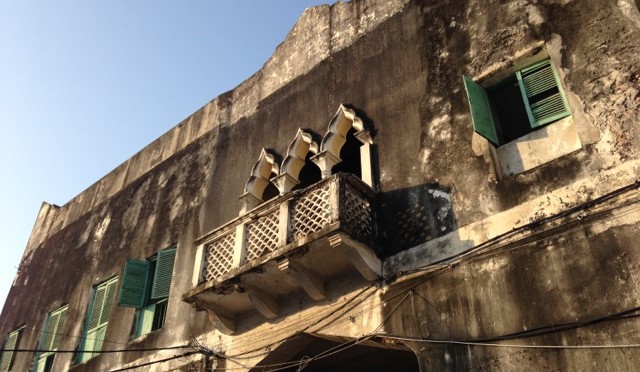

Beautifully written.